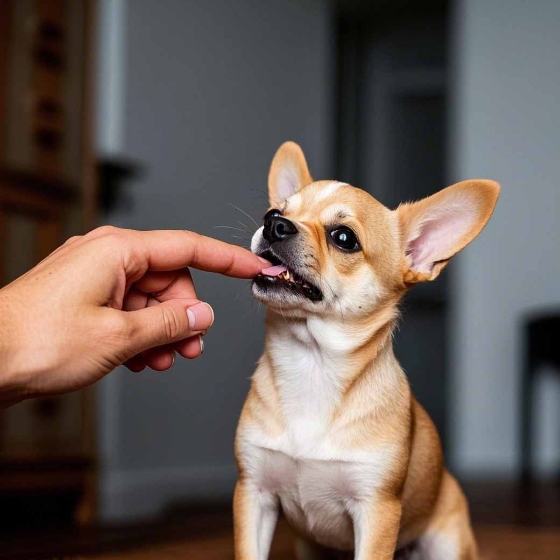
Teaching Stay on Raised Surfaces
Placing a dog on a raised surface—like a bench or padded chair—makes it easier to teach “stay.” The height provides a natural barrier and helps the dog succeed.
Put the dog on a higher spot, like a bench or soft chair. Ask them to sit.

The Signal
Hold your palm out in front of them and say, “Stay.”

Testing Their Patience
Keep your palm raised, then step back one pace and return.

Reward After Return
Once you return, give the dog a treat. Hide the treat behind your back or in your pocket, or they might jump off the bench to get it.

Transition to Floor Training
After the dog masters staying on the bench, try it on the floor. It’s tougher for them without the boundary, so stand closer and keep the session shorter at first.

Body Language for Better Stays
Your body language, eye contact, and hand signals matter a lot. Stand straight and steady, and your dog will likely copy that behavior.
If your dog keeps jumping off the bench, stand closer so it has less chance to jump down.
After a few short, successful stays, gradually increase the required time.



